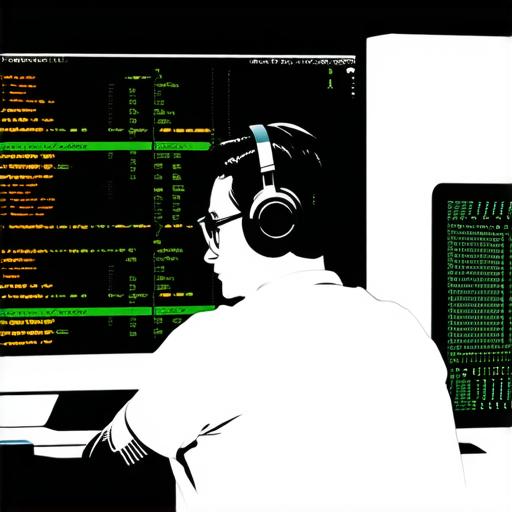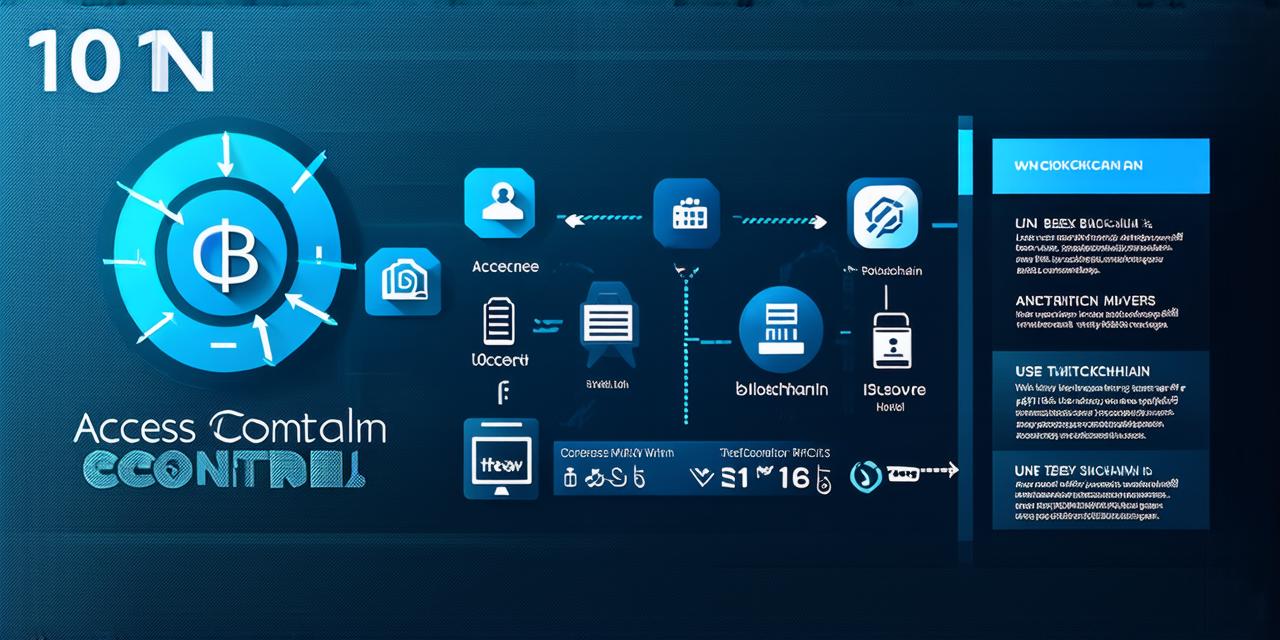1. Introduction: Understanding Blockchains
Before we dive into the question of who can view a blockchain, it’s important to understand what a blockchain is and how it works. A blockchain is a decentralized, distributed ledger that records transactions in a secure and transparent manner. It consists of blocks of information that are linked together, forming a chain of data. Each block contains a unique set of information, making it virtually impossible to alter or delete any data stored on the blockchain.
2. Types of Users: Who Can Access a Blockchain?
There are several types of users who can access a blockchain, depending on their role and responsibilities within the organization. These include:

- Administrators: Administrators are responsible for maintaining the integrity of the blockchain. They have full access to all data stored on the blockchain and can modify or delete information as needed.
- Developers: Developers are responsible for building and maintaining the software that powers the blockchain. They have access to the codebase and can make changes to the underlying technology.
- Users: Users are individuals or organizations that interact with the blockchain on a daily basis. They may use the blockchain to store and share data, conduct transactions, or simply view information stored on the chain.
3. Access Controls: Protecting Sensitive Information
To ensure the security of sensitive information stored on a blockchain, access controls are in place. These controls restrict access to specific parts of the blockchain based on user roles and responsibilities. For example, an administrator may have full access to all data stored on the chain, while a user may only have access to their own data.
Access controls can be implemented using a variety of methods, including:
- Public/Private Keys: Public/private key pairs are used to authenticate users and restrict access to specific parts of the blockchain. Only authorized users will have access to the private key, while anyone with the public key can view information stored on the chain.
- Role-Based Access Control (RBAC): RBAC is a more granular method of controlling access to the blockchain. It allows administrators to grant or restrict access to specific parts of the chain based on a user’s role within the organization.
- Smart Contracts: Smart contracts are self-executing programs that can be used to control access to data stored on the blockchain. They can be programmed to only allow access to specific data based on predefined conditions.
4. Case Studies: Real-Life Examples of Blockchain Access Controls
To better understand how access controls work in practice, let’s look at some real-life examples of organizations that have implemented blockchain technology and the access controls they use:
- Walmart: Walmart has implemented a blockchain-based system to track the origin of food products. The system uses RBAC to restrict access to specific parts of the chain based on user roles. Only authorized personnel can view information related to product origins, while all other users can only view information about the products themselves.
- MediLedger: MediLedger is a blockchain-based system that tracks the distribution of prescription drugs. The system uses public/private key pairs to authenticate users and restrict access to specific parts of the chain. Only authorized pharmaceutical manufacturers can view information related to drug production, while all other users can only view information about drug distribution.
5. Summary: The Importance of Access Controls in Blockchain Technology
In conclusion, understanding who can view a blockchain and how access controls are implemented is crucial for organizations embracing this technology.
